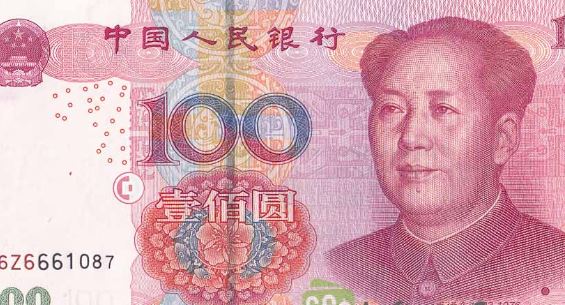On Monday, by the end of April, the central bank had recorded an annual 11.1% M2 growth, the highest of its kind since January 2017. Over the era, overall financing increased by 12 per cent, compared to 11.5 per cent in March. The PBOC data showed that in April, new yuan loans stood at 1,7 trillion yuan ($239.8 billion), compared with 2,85 trillion yuan in March.
China’s new yuan loans continued to rise in April as the country expanded credit support for cash in the real economy, official data showed on Monday. China’s loans continued to increase.
In April, new yuan lending reached 1,7 trillion yuan (around USD 240 trillion), a year-on-year rise of 681,8 billion yuan, the People’s Bank of China (PBOC) said.
The M2, a large amount of the cash supply covering all the outstanding cash and deposits, rose 11.1% per year to 209.35 trillion yuan in late April, according to PBOC results.
The rise in M2 was 1 % higher than at the end of March, and 2,6% higher than last year.
The Central Bank, the People’s Bank of China, may be targeting double-digit rates of growth for large cash (m2) and aggregate finance for the rest of this year, said a number of policy advisors close to PBOC.
The central bank announced that it would pursue a more flexible and prudent monetary policy, improve counter-cyclical adaptation and preserve liquidity at a relatively high level. China would be one of the few leading economies to follow “normal” monetary policy, said the PBOC.
However, in the first quarter report, the PBOC omitted the term “”will avoid taking a flood irrigation type strategy to easing”,” which was in the last fourth quarter of 2019 report. It may be a warning that monetary policy would be further lightened in the face of unprecedented economic difficulties arising from the COVID-19 pandemic, said Ming Ming, a CITIC Securities analyst.















